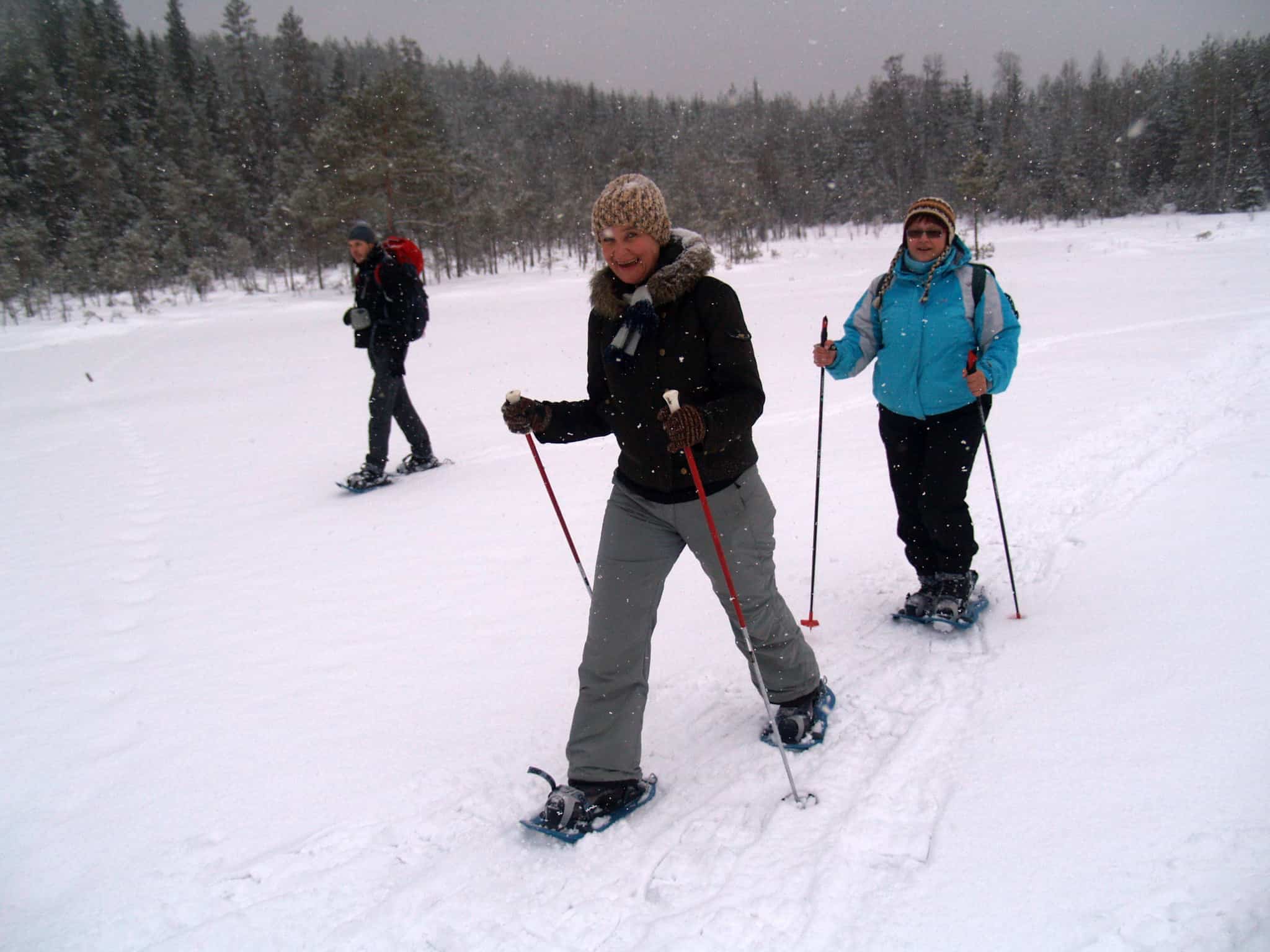Here in Ohio, we have a program called Golden Buckeye for seniors over 60 years. It’s a government program that welcomes you into a special group to receive discounts while on your fixed income.
Who knows, maybe your state offers the same; it may even have steep discounts on snowshoes at your municipal park system
I absolutely loved the fact that it is, essentially, welcoming you to join a club full of other nuts. And every time my grandma flashed her Golden Buckeye card at McDonalds for her small diet coke, she would indeed let out an insanely tiny giggle.
We’d then go for long walks in a neighborhood park to enjoy our spoils in nature among the other nuts.
She was amazing; she was very active and had tons of hobbies, which I know she took pride in and enjoyed sharing with me well after she turned 65.
And, if you’re like my grandma, you are still very adventurous in your exploits. So, yes, even with knee replacements, you’re able to enjoy winter walks in snowshoes over the age of 60.

